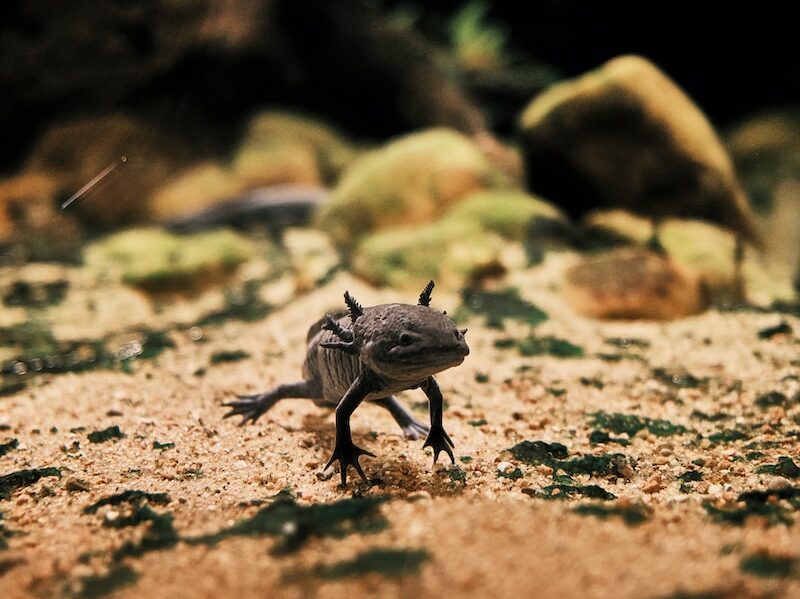Introduction to the Axolotl
The axolotl (Ambystoma mexicanum) is a unique amphibian that is native to Mexico City's canal systems and surrounding lakes. It is a type of salamander that has a remarkable ability to regenerate its limbs, spinal cord, heart, and other organs. Axolotls are often kept as pets and are a popular research subject due to their unique regenerative abilities.
Axolotls are fully aquatic and have gills throughout their entire lives, which is a trait that sets them apart from other salamanders. They have an elongated body, four short legs, and a broad, flat head with lidless eyes on either side. Axolotls are usually brown or black in color, but can also be white, golden, or albino.
Life Cycle and Behavior of Axolotls
Axolotls are a species of neotenic salamander, which means that they remain in their larval form throughout their entire life. Unlike other amphibians, they never undergo metamorphosis and develop lungs to breathe air. Instead, they use their gills to extract oxygen from the water.
Axolotls are also known for their unique reproductive behavior. They are capable of breeding throughout the year, and females can lay up to 1,000 eggs at a time. After fertilization, the eggs hatch within two weeks, and the larvae begin feeding on small aquatic organisms like plankton. Axolotls can live up to 15 years in captivity and have been known to reach up to 30 years in the wild.
In terms of behavior, axolotls are solitary animals that prefer to hide in aquatic vegetation or burrow into sediment. They are primarily nocturnal, but can also be active during the day. Axolotls are known to be curious and can recognize their owners, and they also have the ability to regenerate lost body parts quickly.
Conclusion:
The axolotl is a fascinating creature that is still being studied to understand its unique abilities better. From its regenerative abilities to its neotenic lifecycle, there is still so much to learn about this remarkable amphibian. With more research, we can gain a greater understanding of the axolotl's biology and potentially unlock new insights into regeneration and development.







